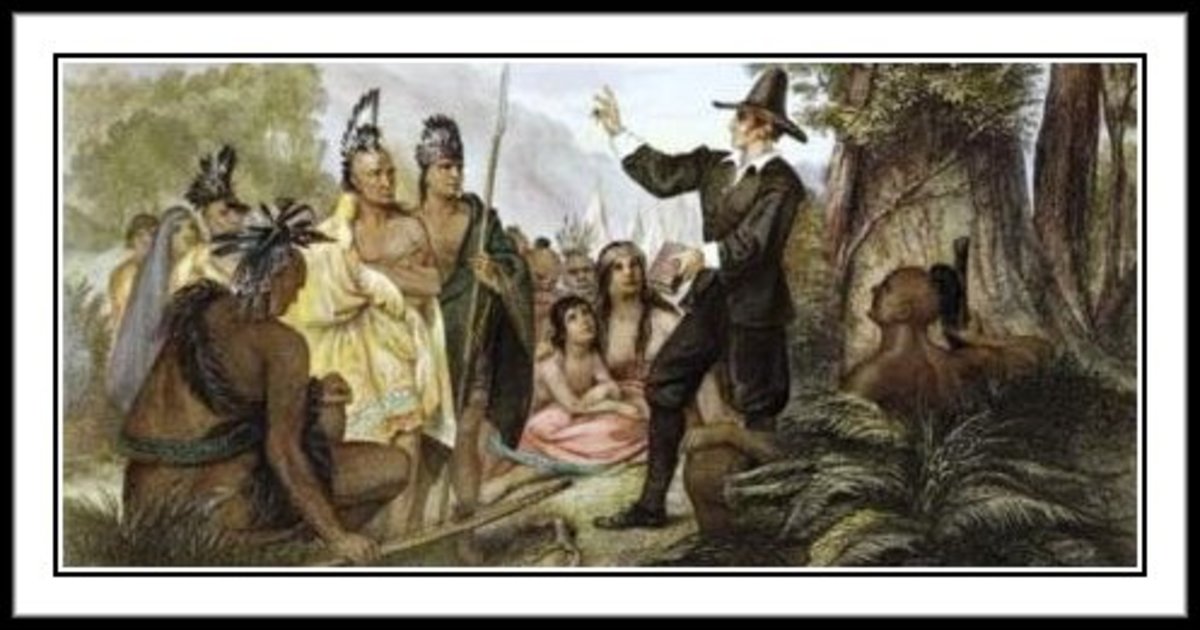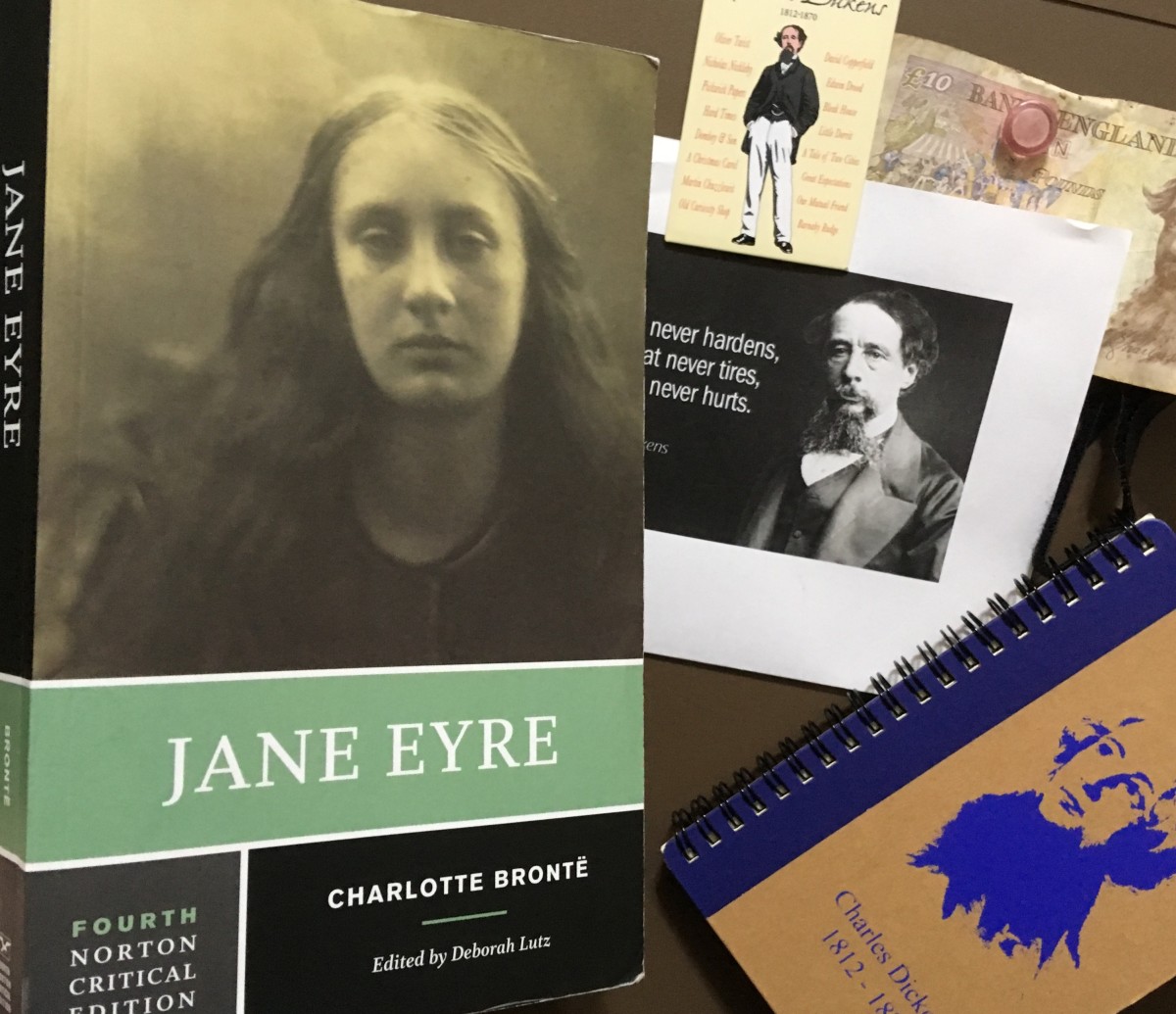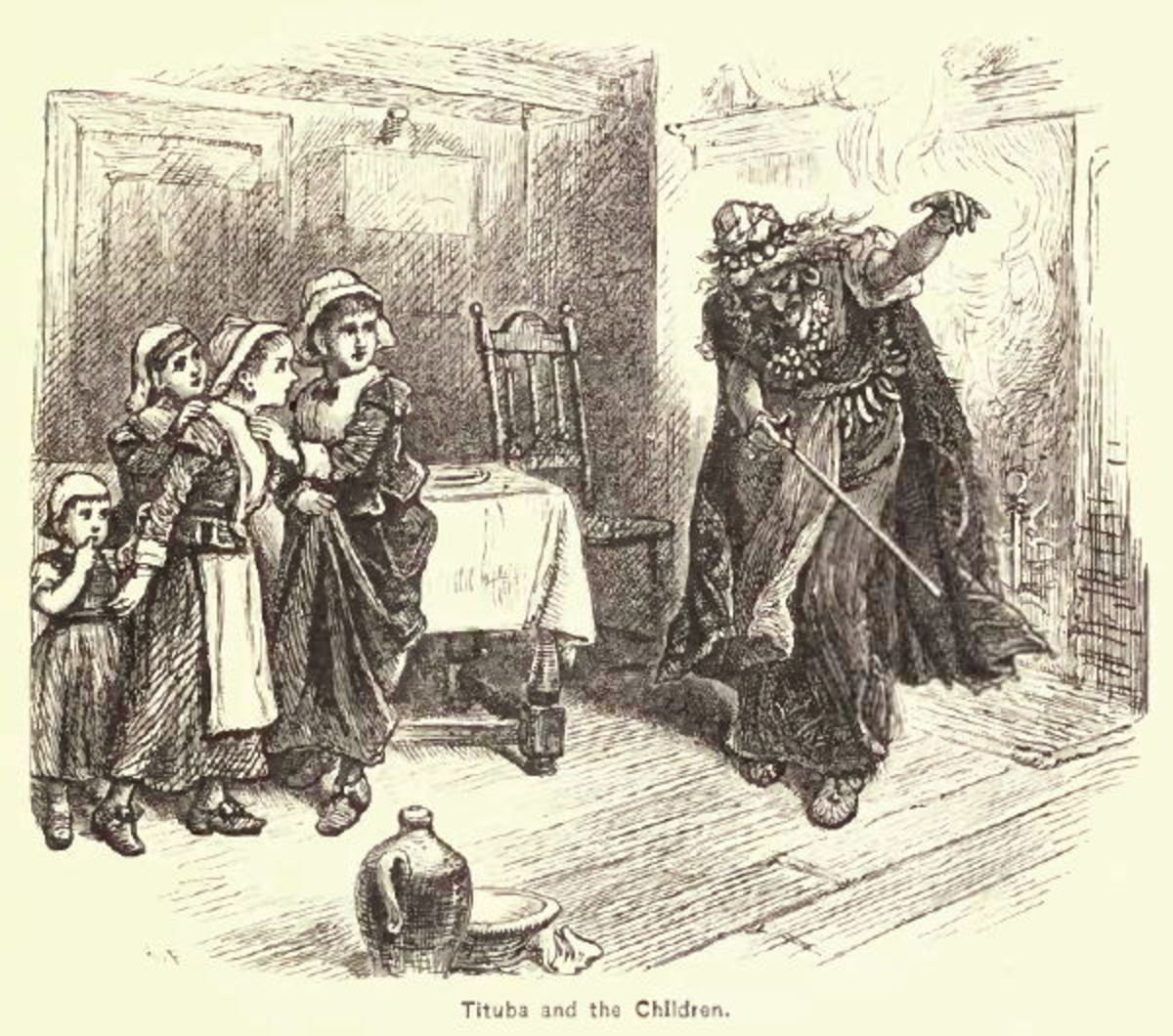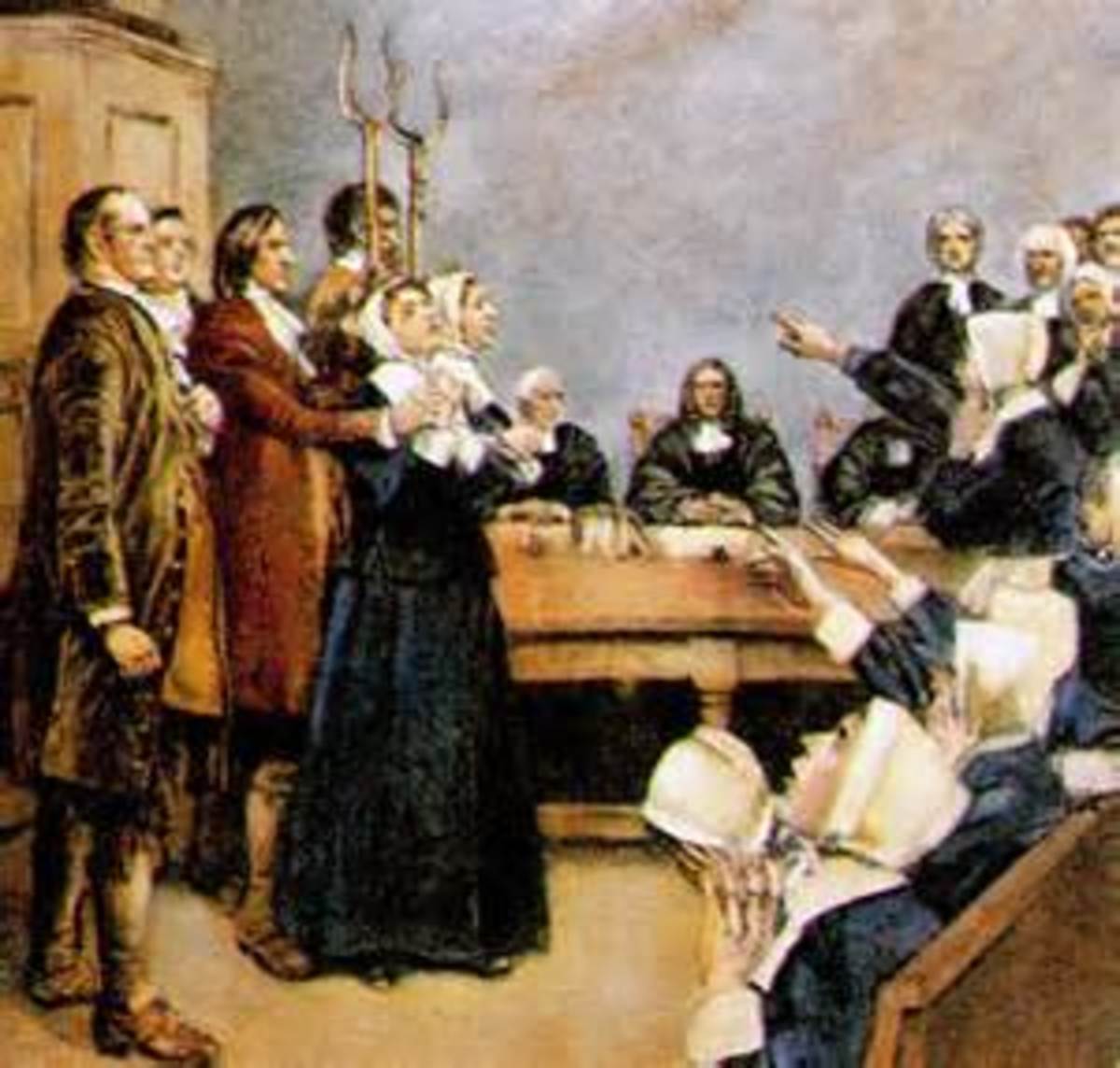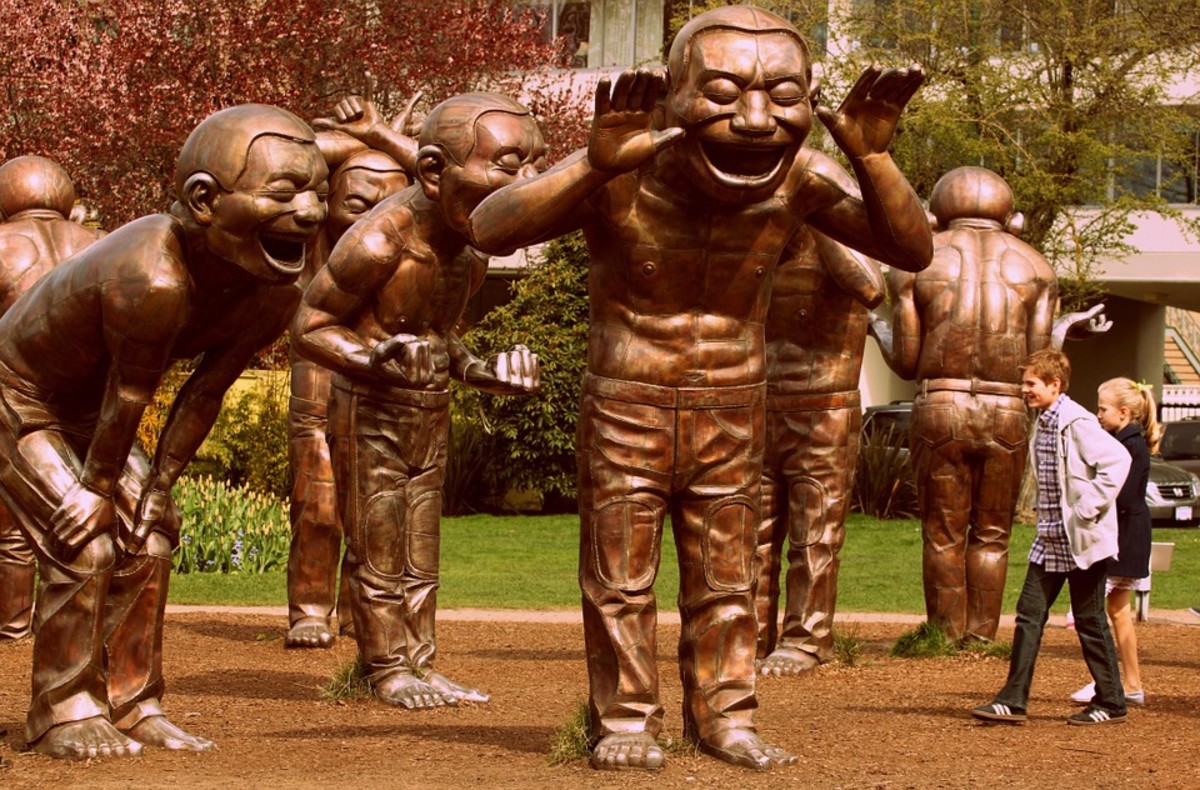- HubPages»
- Books, Literature, and Writing»
- Literature»
- Literary Criticism & Theory
A Perspective on "the Witches"
Introduction
The Witches: Salem 1692 is a wonderfully written, well researched non-fiction piece that tells the story of the infamous Salem Witch Trials. Written by Stacy Schiff, the book begins by taking the reader through a summary of the horrific events that took place in the Massachusetts Bay colony that year. The author states that in total “14 women, five men, and two dogs were executed for witchcraft.” She provides a detailed account of the entire ordeal from the first hints of conflict through the final exoneration of the executed. While the book offers information on all official encounters related to the matter that had been recorded, the author goes a step further, telling the story from the perspective of the colonists in many instances, effectively pulling the reader into their world. Masterfully creating a place where the lines between superstition and logic, fantasy and reality become entangled and blurred, the author examines the culture and history of the colonists establishing somewhat of a fuzzy explanation for the events based on the tensions and expectations experienced by daily Puritan life.
Themes
Throughout the book the author continues to lay the basis for the crux of what seems to be her argument. While she fails to ever explicitly state precisely what that argument is, the reader is able to piece together her theory based on various interjections within each chapter. While a consistent theme does eventually become evident, it is more of a conclusion that the reader discovers on their own rather than being led there by the author. Repeatedly the reader is gently nudged towards the understanding that the citizens of the Massachusetts Bay colony needed an outlet and the witch trials provided the only one that could’ve satisfied all of their needs. This approach, while interesting, causes the seemingly unnecessarily lengthy, reading to become tedious since the reader is provided little direction initially but, the stories and shifting perspectives help the reader stay on track.
Explanation
The author writes about a culture in which people lived in constant fear. They feared for themselves, their families and neighbors. The Puritans of the late 1600s lived in an exceptionally harsh environment. The winters were arctic and the summers were hot. They lived under constant risk of being attacked not only by the elements but also by wild animals, infectious diseases, famine, poverty and not to mention the murderous rampages of their Native American neighbors. According to the author, everyone in the colony either have experienced one or more of these things or knew someone who had.
According to Schiff, the Puritans were taught from an early age to believe that much like the physical dangers that they faced on a day-to-day basis, the devil himself lurked around every corner waiting for his chance to trick or tempt them into giving their souls over to eternal damnation. So, beyond fear of the physical world the book also provides an explanation of how the colonists feared the spiritual. The author points out that many of the leading families within the colony had emigrated from England during or not long after the witch trials there. She also suggests that much of their reading material beyond the Bible or perhaps in addition to, regarded previous supposed encounters of bewitchery and possession. Women especially had reason to fear, the text explains, as they, according to their beliefs, were more susceptible to evil, being weaker and having been descended from Eve.
Finally, Schiff explains that females, young and old in the colonies were stifled, over worked and under constant scrutiny. She points out that it began with young girls who accused women that the townspeople had already had reason to judge harshly. She also relates the fact that the confessed always were tempted by specific items that they deeply desired (the devil supposedly offering linens of fine colors, fashion catalogs, trips to foreign places and handsome well-to-do husbands) to the concept that these desires depict a deeply deprived people. Schiff’s book, while never exactly stating that the girls and women were crying out in frustration and for attention through the events of that year, does make the argument.
I definitely enjoyed this one and bet you will too
Conclusion
The author finishes the book by providing updates on what happened after the fact, to those who survived the ordeal, their families, as well as to the towns and even buildings involved and finally closes with the belated exoneration of the convicted and executed hundreds of years later. I found her conclusion satisfying in that there was certainly closure to the events and with the people involved. Although the consistent theme in the book provided the understanding that the author identified a culture rife with terror, gender inequity, and general tension as the main culprits behind the event that took place, the reader is still left with the fact that the author never specifically states it. It is almost as though she is too uncertain of her theory to specifically outline it, unwilling to get behind it enough to endorse it by identifying out right what it is. This does not in any way result in a poor read, however; the author’s artistic fluctuation between a modern-day examination of the trials based on available resources and realistic portrayal of the events as the people of the time would have seen them, creates an exciting and informative text that once begun is hard to put down.
Bibliography
Schiff, Stacy. The Witches: Salem, 1692: A History. London: Weidenfeld & Nicolson, an Imprint of Orion Books, 2016.


